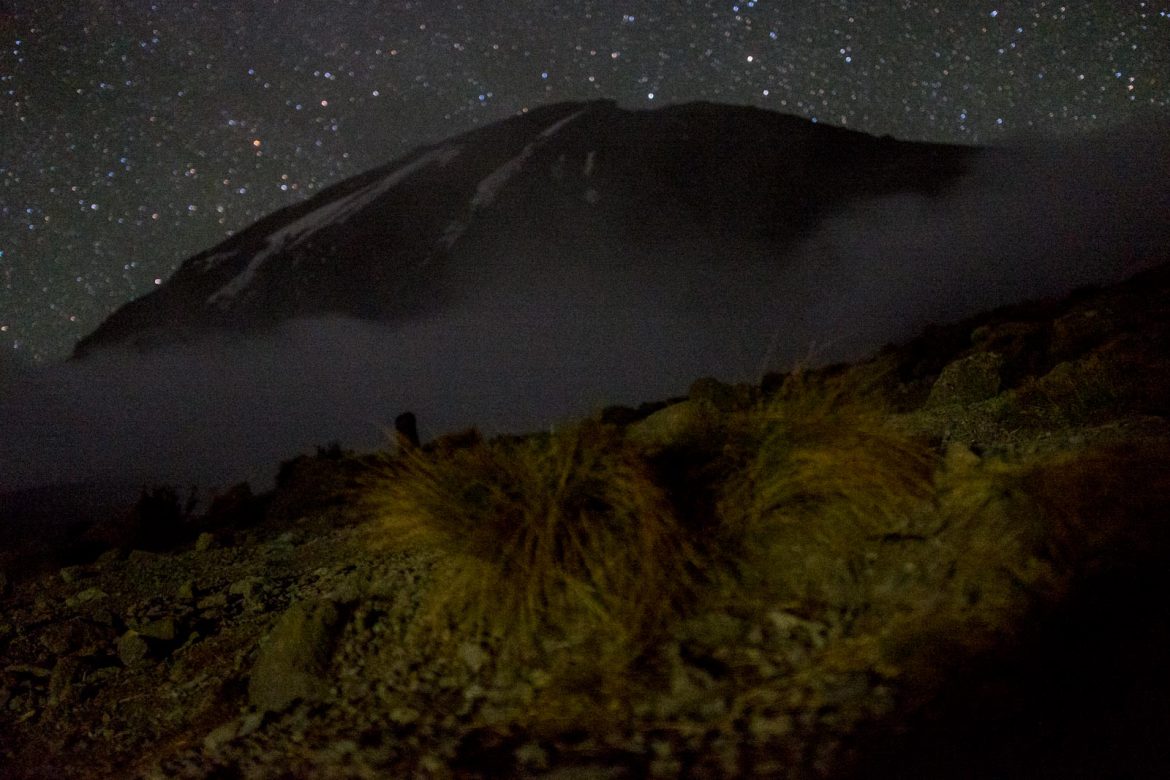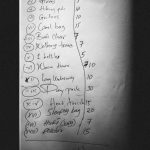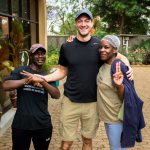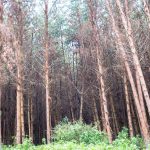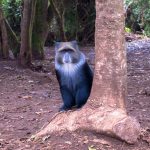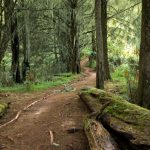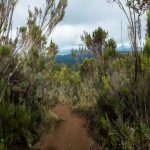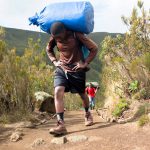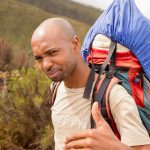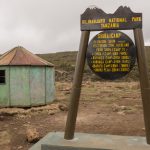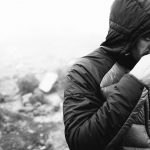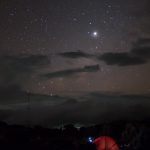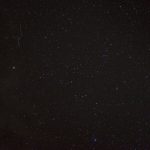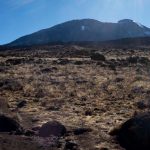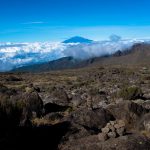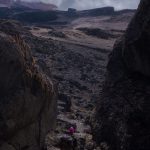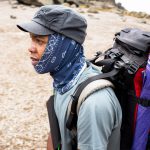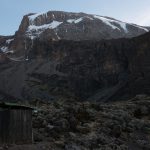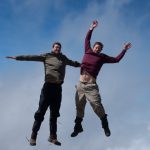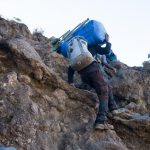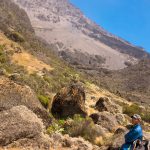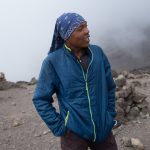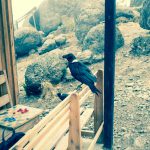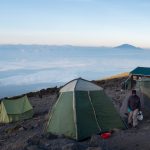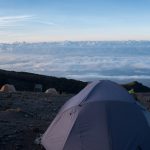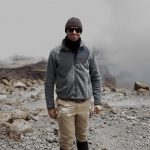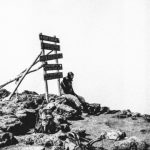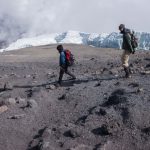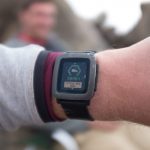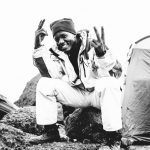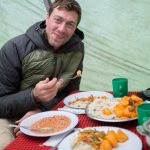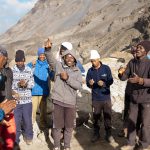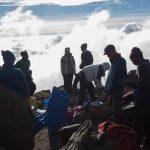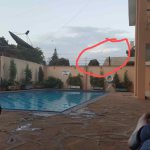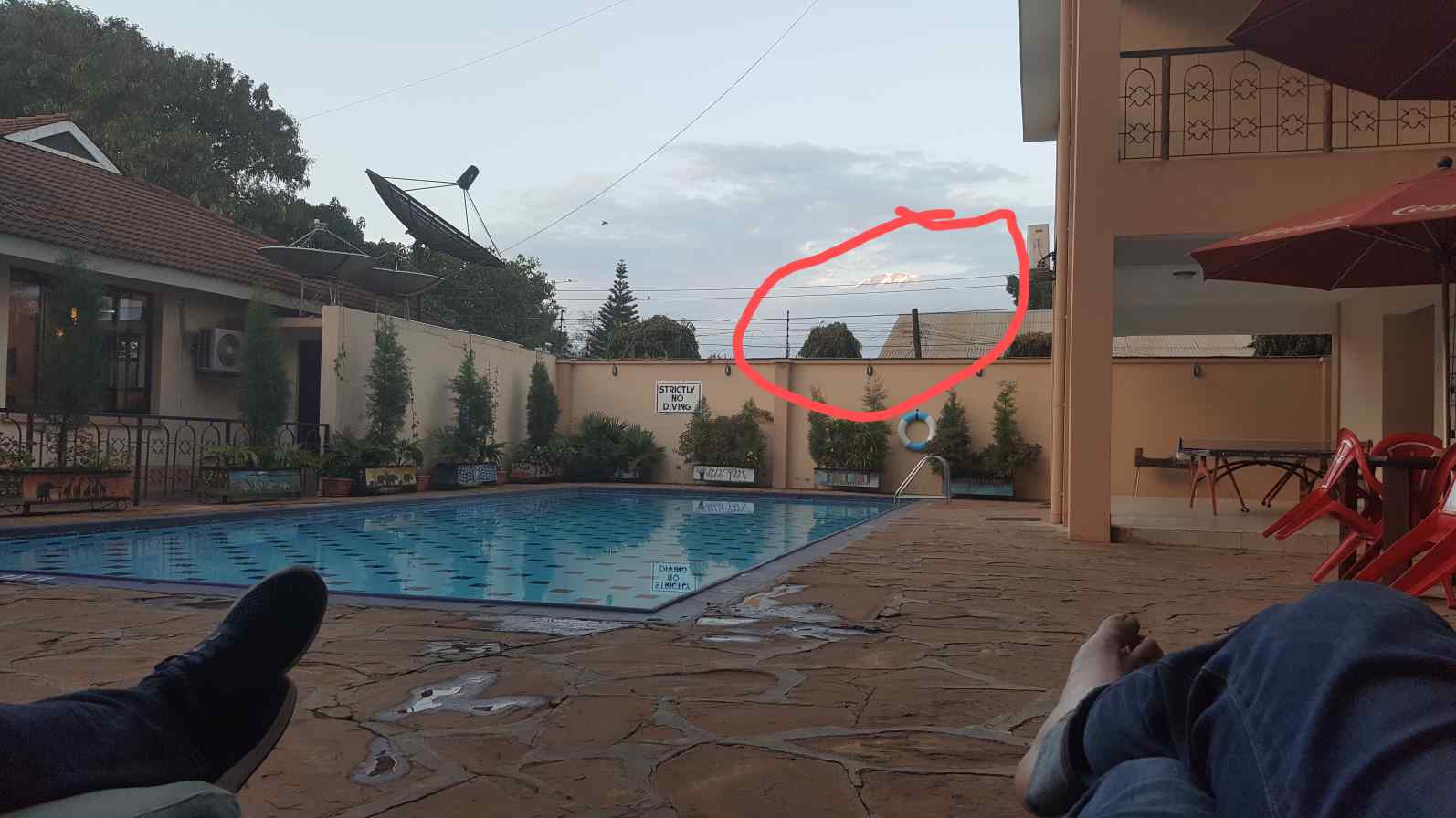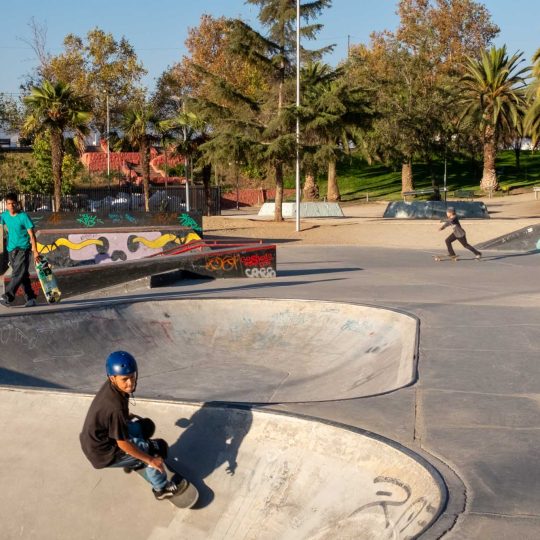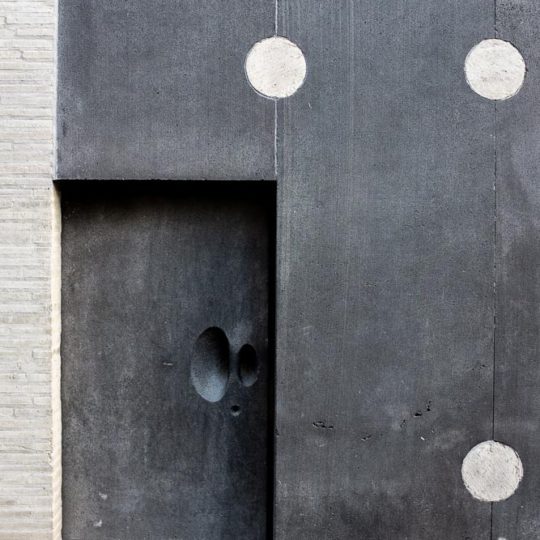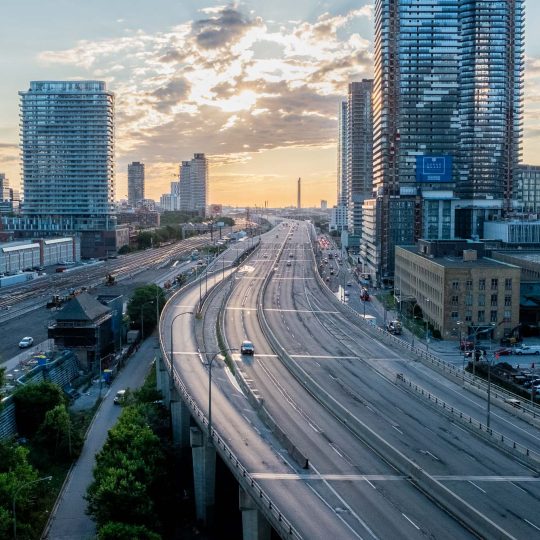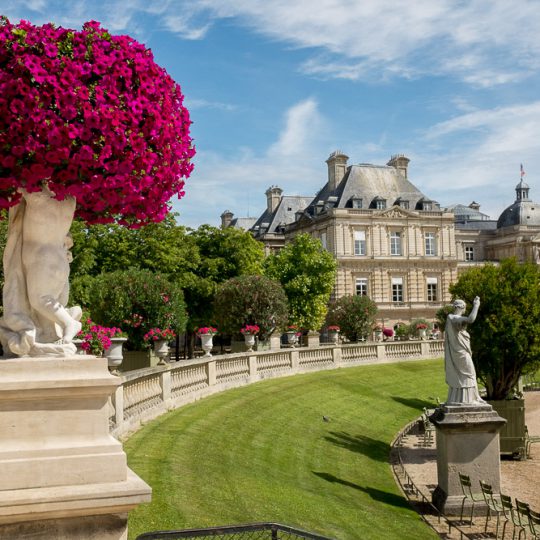I broke off from Cape Town, South Africa for nine days to head to Tanzania to climb the highest mountain in Africa, Mt. Kilimanjaro. Thanksgiving afforded a great opportunity for the adventure on account of two contiguous holidays free from work (the only time all year!) and these days abut a weekend. My friend Pete flew over from the states to join me for the climb. I chose the Lemosho route for us — 65 kilometers to the summit and down. After it was over my watch said we had walked over 136,000 steps over the 6 days – ascending from 2,100 meters to 5,895 meters (19,341 feet) at Uhuru peak and then down to 1,800 meters for departure.
I had planned to do it in 8 days in order to have the best chance of assuring a successful summit – as many people are afflicted with altitude sickness on account of being unable to acclimate to the high altitude in short time frames (the classic and most popular Kilimanjaro trek route, Marangu, is 4 days by comparison). Peter ended up being unable to accommodate eight days with his schedule so we decided to do it in seven. By the time it was over we did it in six days since Pete and I are awesome. A point of pride being we never stopped to rest outside of pee breaks, lunch or guide-mandated stops of which there were only a few throughout the trip. We channeled Lance Armstrong and brought in some PEDs — Diamox and Ibuprofen. They helped. I’ve read on the internet that anyone can do Kilimanjaro and it’s true because the difficulty varies a lot between the different routes and you can take all of the time you need to get to each day’s campsite. Of course any trip is made easier by the guiding company. Our support crew consisted of twelve others (!) : a cook, nine porters, two guides. A handful of the porters were under the age of twenty – carrying 20kgs of our food, sleeping bags and tent on our behalf (much faster than we carried our smaller backpacks) — often on the top of their heads, seemingly immune to loose footing or cardiovascular strain.
It happened to be that November is the rainy season in Tanzania and therefore the off-season for hiking Kilimanjaro. Pete and I lucked out because it only rained a few times (mostly in the rain forest). Climbing Kili in the off-season had the benefit of fewer people to share the trails with — we only encountered others at the camping areas at the end of each day’s trail. Apparently during high season the trails and campsites are dreadfully crowded to the point that it would have ruined my experience.
Each morning Pete and I awoke from our increasingly stinky, farty tent (nothing but bread, pasta and rice to eat — not so great for anti-processed foods, “gluten-no-thank-you” yours truly) excited and anticipating the mysteries of the day ahead as the summit drew closer. The scenery changed each day across 4 climate zones: rain forest, moorlands (think shrubby bushy trees), alpine desert and arctic at the summit of Uhuru peak. We finished each day’s hike in less than half the estimated time on the posted trail markers which kept the physical aspect really challenging and fun.
The 5th, penultimate day, we reached the summit of Kilimanjaro and it was the hardest day and also the most rewarding; our gracious team of Tanzanian camp mates pretended to be impressed. One thing that we did a little differently from most people was to summit during the day instead of at night which is sort of the standard practice in order to see the sunrise the following morning. But when we did it during the day there was no one else on the trail as we ascended to the summit and we were able to enjoy (and see) the scenery, it was much warmer and more comfortable, was faster and safer because it was daytime. We were also back at camp sleeping before the other people in the camp awoke up to start their night climb. I highly recommend a daytime summit.
The morning after the summit we descended 18 km to depart. Pete and I were satisfied and feeling like we had accomplished something. It feels pretty cool to be on top of a continent. We drank African beer while sitting poolside — over the wall of the hotel in Moshi, Tanzania we could see the top of Mt. Kilimanjaro.
More photos of the trek can be found here.
